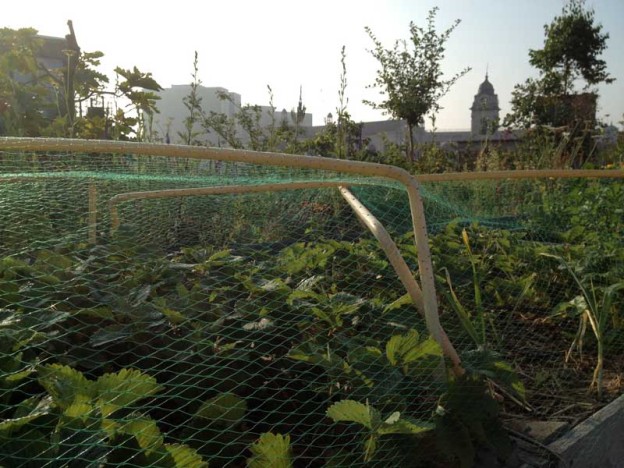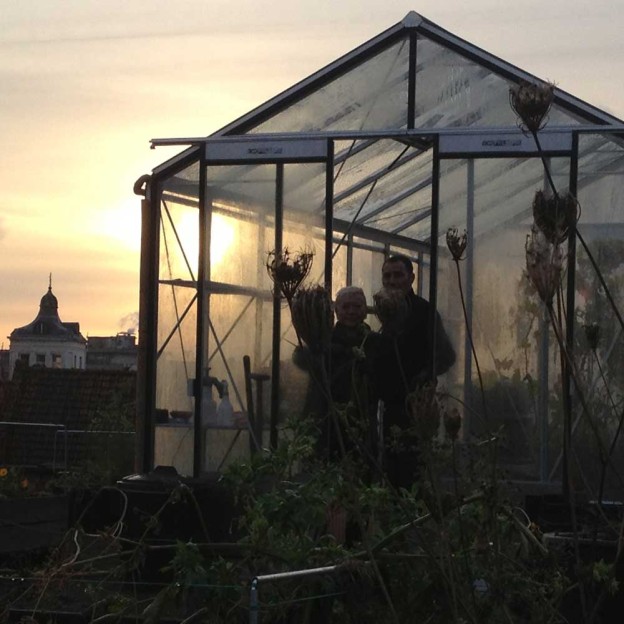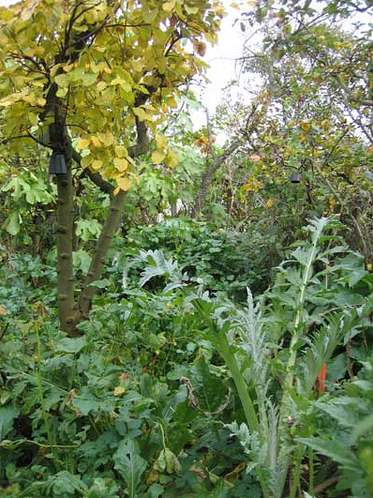More and more people are living in the cities. We have to search for new modes of sustainable living, new ways of food production. Re-examine the link between the city as consumer and the countryside as provider. In this context, we are researching how to make a network of intensively cultivated city rooftopgardens where we can grow our own food for the neighbourhood.
Besides the food-function, the UrbanArtFarm is set up as our open air laboratorium. In this project, Continue reading





